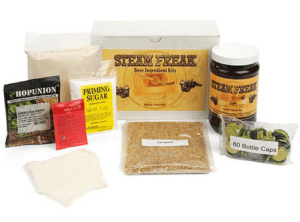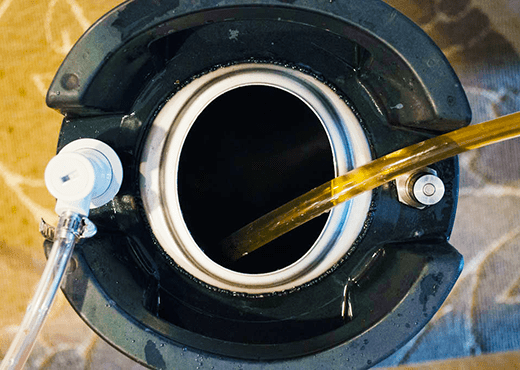 Finally – one of my favorite parts of homebrewing! It’s time to package the Steam Freak Special Bitter. I will be kegging this homebrew with priming sugar.
Finally – one of my favorite parts of homebrewing! It’s time to package the Steam Freak Special Bitter. I will be kegging this homebrew with priming sugar.
After about ten days in the secondary fermenter, it’s time to move the beer to the keg. I enjoy this stage because you can finally start to taste what the finished beer will be like. I decided to keg this batch so I can take it on a camping trip in a couple weeks. Because I like to experiment, I also thought I’d try kegging this homebrew with priming sugar. This is essentially what British brewers do when they make “real ale,” or cask conditioned ale. Instead of forcing CO2 into the beer from a CO2 tank, carbonation is created by the yeast in the beer, which is given a small dose of priming sugar when it goes into a keg. Makes sense for an English special bitter, right?
Even though I primed the keg, the keg filling procedures are very similar to kegging procedures you would do otherwise.
- Clean the keg.
If you did a good job rinsing the last batch, this should be easy. A quick soak in One Step should get the job done. Turn the keg upside down to get the top. For a dirtier keg, or if you haven’t disassembled it in a while, take the keg apart and give all of the dip tubes and posts a good scrub inside and out. Be sure to run the clean solution through your picnic tap, too. - Sanitize the keg.
Basically repeat the procedures above with a sanitizing solution. Fill the keg with water and soak for a few minutes in a Star San or Iodophor solution. Turn the keg upside down to get all parts. Run the solution through your picnic tap. Drain and allow to dry. Reserve some of the solution to soak the lid. 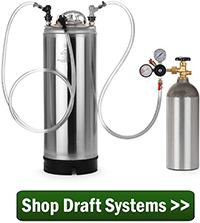 Check for leaks.
Check for leaks.
Once the keg is sanitized, fill the keg with CO2, just 5-10 psi. Check for leaks by spraying soapy water around each of the fittings. Apply keg lube or replace o-rings as needed to seal leaks.- Vent the keg and refill with CO2 3-4 times.
This will purge air from the keg and fill it with carbon dioxide, which will help prevent your beer from going stale. - Prepare a priming sugar solution just like you would for bottling, but use about half the sugar.
Mix about 2.5 oz. of priming sugar with two cups of water. Boil for about 15-20 minutes. Cool, and then pour into your sanitized keg. If you want to force carbonate the beer, then skip this step. - Siphon the beer into the keg.
Siphon the beer from the fermenter into the keg. The priming sugar should mix well as the beer flows in. Close the keg and apply just enough pressure to get a good seal. - Wait.
Just like with bottling conditioning, when kegging your homebrew with priming sugar your need to set the keg in a room at about 70˚F and give it about two weeks to carbonate. - Chill keg, check carbonation and serve.
Chill the keg to serving temperature. For an English bitter, this will be about 50˚F. Give the yeast in the keg a little time to settle. Take a sample of beer. (Your first pour or two will likely have some yeast sediment.) How’s the carbonation? Too much? Vent the keg to release some pressure. Too little? Give the keg a little more time to condition or add a little CO2 pressure from your tank. Without a hand pump, you’ll need CO2 pressure to serve the beer from the keg. Just 5-10 psi should do it!
Kegging your homebrew with priming sugar is a natural way of preparing it. Also realize that you can force carbonate your keg as well. Each has it’s merits.
Curious how the Steam Freak Special Bitter turns out? Stay tuned for a tasting!
Read the other posts of this review! Part 1 | Part 2 | Part 3 | Part 4 | Part 5 |
—————————————————————————————————————–
David Ackley is a beer writer, brewer, and self-described “craft beer crusader.” He holds a General Certificate in Brewing from the Institute of Brewing and Distilling and is founder of the Local Beer Blog.

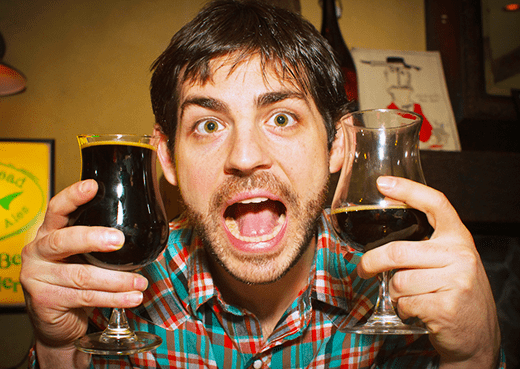 If you’ve had the chance to pick up one of Sierra Nevada’s Beer Camp Across America 12-packs, then you’re in for a treat when you open up the collaboration beer they made with Ninkasi Brewing Company. Many of the people I’ve talked to and
If you’ve had the chance to pick up one of Sierra Nevada’s Beer Camp Across America 12-packs, then you’re in for a treat when you open up the collaboration beer they made with Ninkasi Brewing Company. Many of the people I’ve talked to and 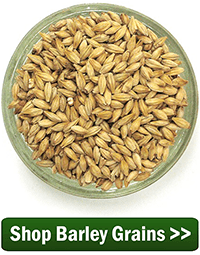
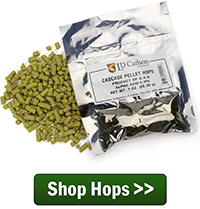
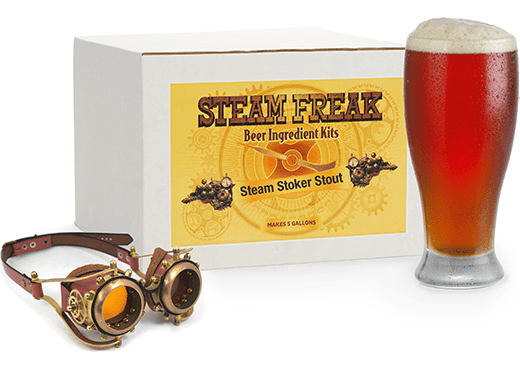
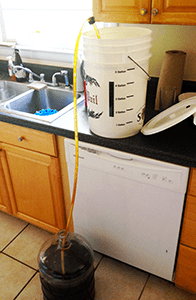
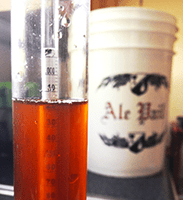 Two days later, I checked the gravity again…a touch lower at 1.018. I decided to go ahead and transfer. If you’ve never racked to secondary before, an auto-siphon is the easiest way to transfer your beer. Just put it in the bucket, attach your tubing, and pump the siphon once or twice to start the flow. Just make sure your primary fermenter is higher than the secondary, and you’ll have no issues moving the beer from one container to the other. Don’t forget to clean and sanitize all of your equipment before transferring!
Two days later, I checked the gravity again…a touch lower at 1.018. I decided to go ahead and transfer. If you’ve never racked to secondary before, an auto-siphon is the easiest way to transfer your beer. Just put it in the bucket, attach your tubing, and pump the siphon once or twice to start the flow. Just make sure your primary fermenter is higher than the secondary, and you’ll have no issues moving the beer from one container to the other. Don’t forget to clean and sanitize all of your equipment before transferring!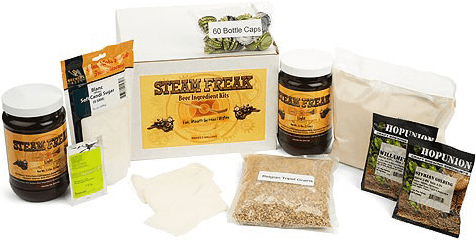
 If applicable, steep your crushed grains in the hot water using the grain steeping bag for about 20-30 minutes. Just like making tea. I recommend tying the grain bag to one of the handles on the kettle to keep it from touching the hot bottom. After the steep, remove the grains from the kettle, letting the liquid drain from the bag. I tossed my “spent grains” in the compost heap. The water is now
If applicable, steep your crushed grains in the hot water using the grain steeping bag for about 20-30 minutes. Just like making tea. I recommend tying the grain bag to one of the handles on the kettle to keep it from touching the hot bottom. After the steep, remove the grains from the kettle, letting the liquid drain from the bag. I tossed my “spent grains” in the compost heap. The water is now 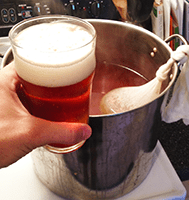
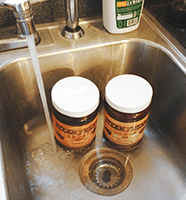 After the steep, remove the kettle from the heating element and mix in the liquid malt extract. Having soaked the canisters of LME in hot water, I was able to pour the contents into the kettle pretty easily. Keeping the burner turned off during this step helps to keep the extract from sticking to the bottom of the kettle.
After the steep, remove the kettle from the heating element and mix in the liquid malt extract. Having soaked the canisters of LME in hot water, I was able to pour the contents into the kettle pretty easily. Keeping the burner turned off during this step helps to keep the extract from sticking to the bottom of the kettle.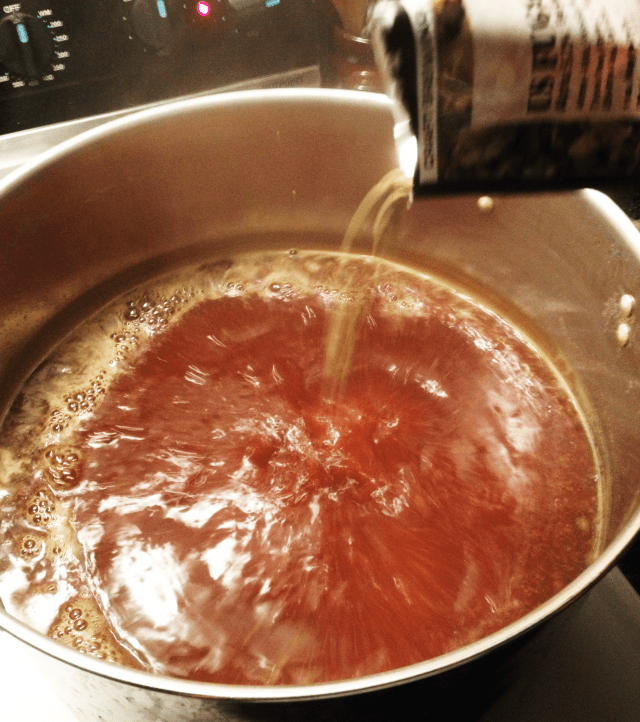 From the start of the boil, add hops depending on your homebrew recipe. For the Full Steam Special Bitter, the recipe called for 1 oz. of Willamette hops. All you have to do is pour in the bag of hops and give them a quick stir. Since this is a 60-minute boil, I call this the 60-minute hop addition. We’ll then count down as the boil progresses. With 30 minutes left in the boil, I added the Fuggles hops.
From the start of the boil, add hops depending on your homebrew recipe. For the Full Steam Special Bitter, the recipe called for 1 oz. of Willamette hops. All you have to do is pour in the bag of hops and give them a quick stir. Since this is a 60-minute boil, I call this the 60-minute hop addition. We’ll then count down as the boil progresses. With 30 minutes left in the boil, I added the Fuggles hops.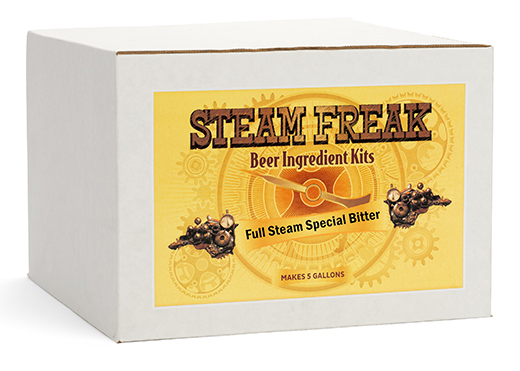
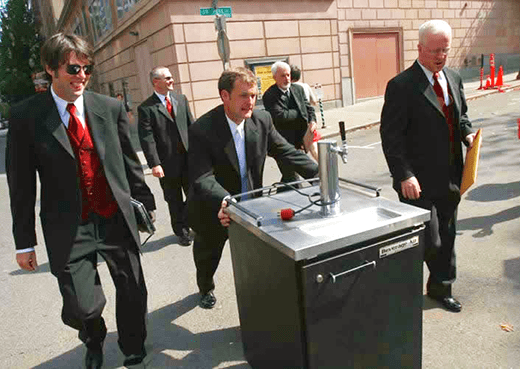 I recently attended a good friend’s wedding in northern Virginia. I’d been planning for weeks to bring some homebrew to serve at his bachelor party. In addition to bringing a keg of
I recently attended a good friend’s wedding in northern Virginia. I’d been planning for weeks to bring some homebrew to serve at his bachelor party. In addition to bringing a keg of 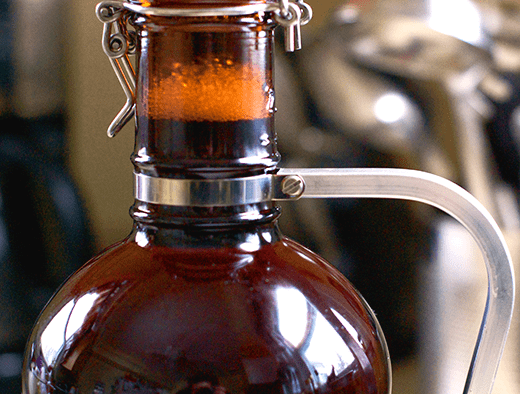 A surefire way to impress your friends is with your own
A surefire way to impress your friends is with your own  The extract beer recipe blow is for making an English ordinary bitter which is a style of English pale ale. English pale ales are divided into categories based on strength and bitterness, with ordinary bitter being the most sessionable, followed by special bitter and extra special bitter, or ESB. In general,
The extract beer recipe blow is for making an English ordinary bitter which is a style of English pale ale. English pale ales are divided into categories based on strength and bitterness, with ordinary bitter being the most sessionable, followed by special bitter and extra special bitter, or ESB. In general, 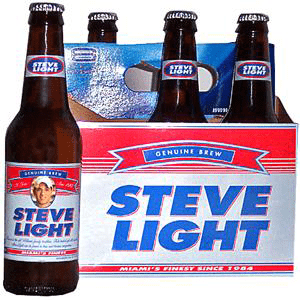 Have you ever thought about upgrading your bottled homebrew with a customized beer label? It’s not very difficult!
Have you ever thought about upgrading your bottled homebrew with a customized beer label? It’s not very difficult!